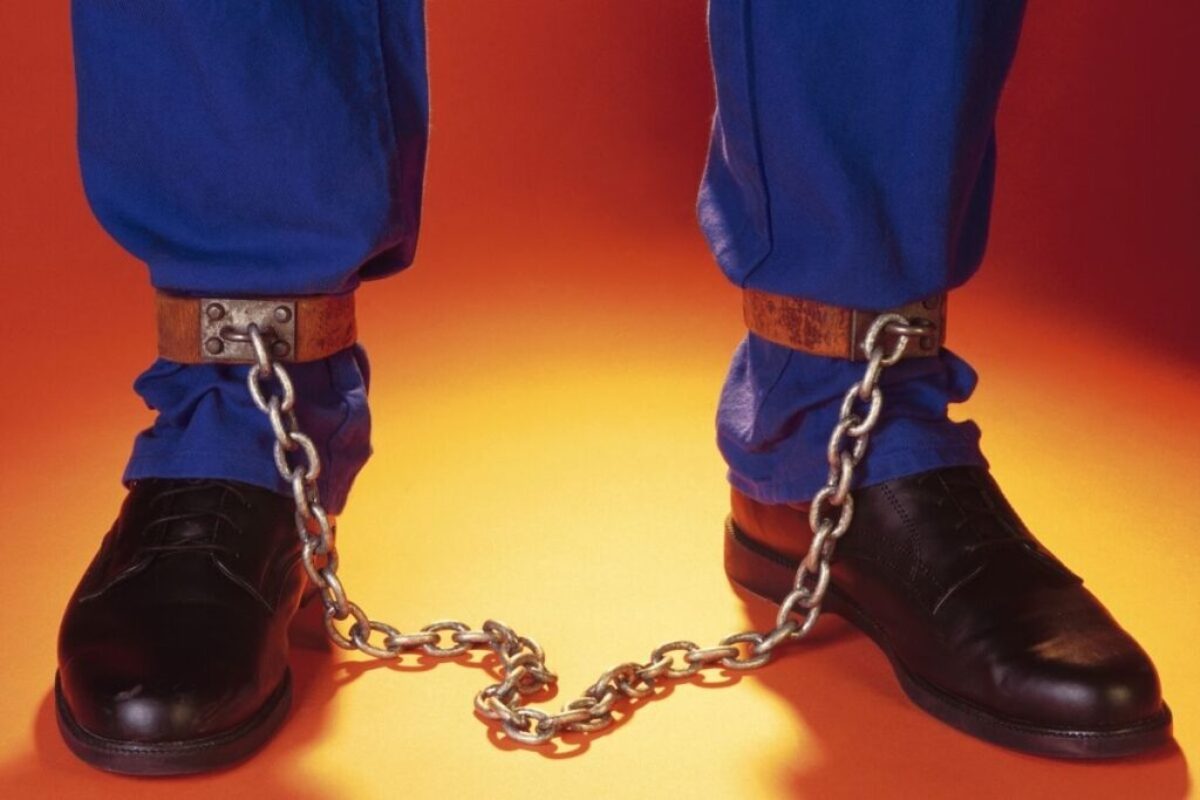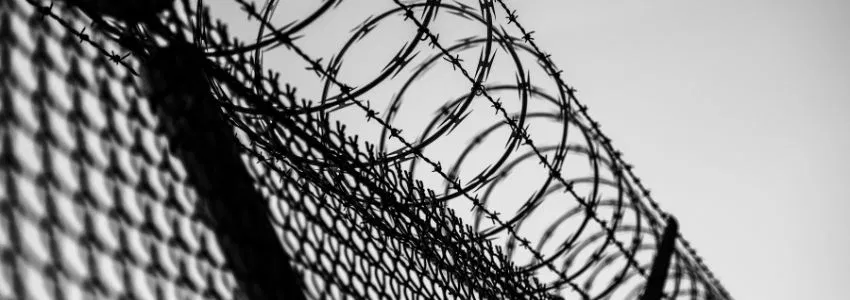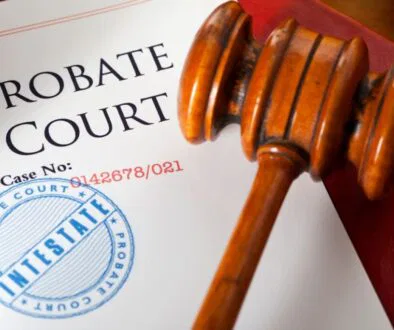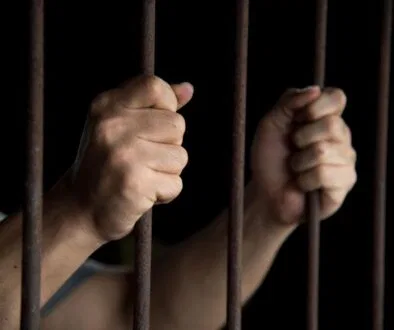Prison Shoes: What Shoes Do Prisoners Wear?

Published February 4th, 2024
When we think of prison, we usually think of cold cell walls, mediocre food, and grueling work. We see a limitation of freedom. We see justice being served to those in need of it. Jail shoes are something that will not usually be a choice of concern for us. Yet, they might be an overlooked facet of prison life. In actuality, they play a part in a prisoner’s life. It is both comfortable and safe.
There are days when we’re extra curious. What shoes do prisoners wear? Let’s discuss the question comprehensively. Continue reading. We’ll dive into all the types of prison shoes, their rationale, and their role in prison uniform regulation. We’ll also discuss jail shoes and health concerns. Let’s begin.
Jail Shoes: The Rationale Behind Prison Shoe Choices
The primary reason for standardized footwear in prison is security and safety. To illustrate, shoes with metal components could be used as weapons or tools for escape. Thus, they are usually avoided. The materials are often sturdy yet simple. It is to prevent them from being manipulated into contraband items.
Functionality and minimalism. Both are vital qualities in the design of prison shoes. The laceless design will guard prisoners from using laces as makeshift weapons. Also, tools for self-harm. The solid construction with rubber soles also cuts the risk of slips and falls. These incidents can occur within the prison environment.
What Shoes Do Prisoners Wear: Different Types of Prison Shoes
1. Sneakers for comfort and practicality
Many prisons issue basic sneakers to lock-ups. It is for the general day-to-day activities. These sneakers are often plain with minimal design. It also fixates on crucial comfort. They are ideal for exercising and walking. Also, easy work assignments.
2. Slip-on for ease and convenience
The second jail shoes resemble slippers or canvas loafers. They are commonly employed in low-security settings, such as those within specific prison areas such as communal spaces and cells. Slip-ons are easy to put on and take off. Yet, they offer less support than sneakers.
3. Work boots to guard in labor-intensive tasks
Inmates designated to work duties that demand additional foot protection are issued work boots. These may be kitchen work or maintenance tasks. These boots have reinforced toes. They are made of durable material to boost safety.
The Role of Shoes in Prison Uniform Regulations
The primary role of prison shoes revolves around functionality and security. Yet, footwear in a prison setting can also take on symbolic meanings within prison culture. Shoes can become vital markers in the unique social ecosystem of a prison. Here’s how:
1. Status and hierarchies
A specific type of shoe or even a particular way of lacing one’s shoes. Both can become markers of status within the prison hierarchy. Access to more comfortable or luxurious footwear can sometimes signify rank or privilege. It is sometimes acquired through good behavior, connections, or underground trade.
2. Trade and barter
Shoes can become a form of currency within the closed economy of prison. They might be bartered for other goods. Think food, toiletries, and other contraband. In some cases, specific types of footwear in high demand, such as athletic shoes for sports activities, can yield a higher price in this unique marketplace.
3. Group affiliation
Footwear may also be used to define group affiliations. It can include gangs or other social groups within the correctional facility. Most prisons strive to minimize visible markers that can describe gang membership. Inmates may find subtle ways to use footwear as identifiers. Yet, such signaling is risky. It can often be grounds for disciplinary action once discovered by authorities.
4. Psychological impact
The issuance of standard footwear upon entry also serves as a ritual. It reinforces the loss of personal freedom and individuality. Conversely, earning the privilege of wearing a different type of shoe for good behavior or particular tasks can give a psychological boost. In a sense, it offers a small semblance of identity. Also, autonomy.
5. Cultural and generational differences
Footwear choices and their connected symbolism can also be offered across cultural or generational lines. Older inmates might have varying views on prison shoes that are desirable and symbolic. It is compared to younger inmates influenced by more recent trends and fashions.
Jail Shoes and Health Concerns
Health considerations. They are another vital factor in prison shoe choices. Inmates often spend long periods on their feet. It means that the quality of footwear is a significant concern for their well-being. Poorly fitted or overly worn shoes can lead to various foot dilemmas.
To address these issues, prison medical services sometimes offer foot assessments. They can also provide special shoe inserts. Also, recommend specific types of footwear for inmates with foot problems. Some facilities also set protocols for sanitizing shoes regularly.
For inmates battling with chronic health conditions such as diabetes, more specialized care and footwear options may be provided. These considerations underscore the complex relationship between prison shoes and inmate health.

ADVERTISEMENT
Frequently Asked Questions About What Shoes Do Prisoners Wear
What do most prisoners wear?
Most prisoners typically wear uniforms. Also, standardized clothing while incarcerated. The clothing requirements can vary. It will depend on the institution. Yet, there are some common elements. Prisoners generally wear variations of blue, white, and gray scrubs like pants and shirts.
Why do prisoners wear Crocs?
Prisoners often wear Croc-like shoes in jail for a variety of reasons. One reason is that they are more durable. They are less likely to fall apart. It is in comparison to other types of footwear like flip-flops. Moreover, the clog-style design also makes them less suitable for running. It is a security advantage in a prison setting. They are also cost-effective.
What kind of boots do they wear in Orange? Is it the New black?
In the TV show “Orange is the new black,” the inmates wore standard-issue prison boots. These boots are purchased directly from a prison supplier.
Do prisoners wear their shoes?
Prisoners are not allowed to wear their shoes in prison. The prison instead issues them footwear. It can vary based on the institution and the prisoner’s status within the correctional facility.
What we knew was an overlooked or irrelevant topic holds a deep meaning. Prison shoe discourse is nothing but fascinating. It is an essential part of prison life.
Reduce Your Jail Call Costs By Up To 90% Per Minute With GlobalTel
GlobalTel’s inmate calling service lowers jail call per minute rates by up to 90% for jail calls from US facilities. Sign up now and use the special jail call phone number we create for you to eliminate the long distance jail call fees. Try GlobalTel for only $45.99 for 90 days. Make US/domestic and international jail calls at the local rate and stay connected to your incarcerated loved ones for less. Learn more about how to sign up for calls from inmates here.

This Content Is Fact Checked
Our esteemed team of specialists has thoroughly validated the accuracy of this information. Discover further details about the rigorous editorial guidelines for our website here.
ADVERTISEMENT

About The Author
Krizzia Paolyn is an SEO Specialist with a bachelor’s degree in Psychology. It has always been her passion to share her voice, and at the same time, to encourage other people to speak up.




